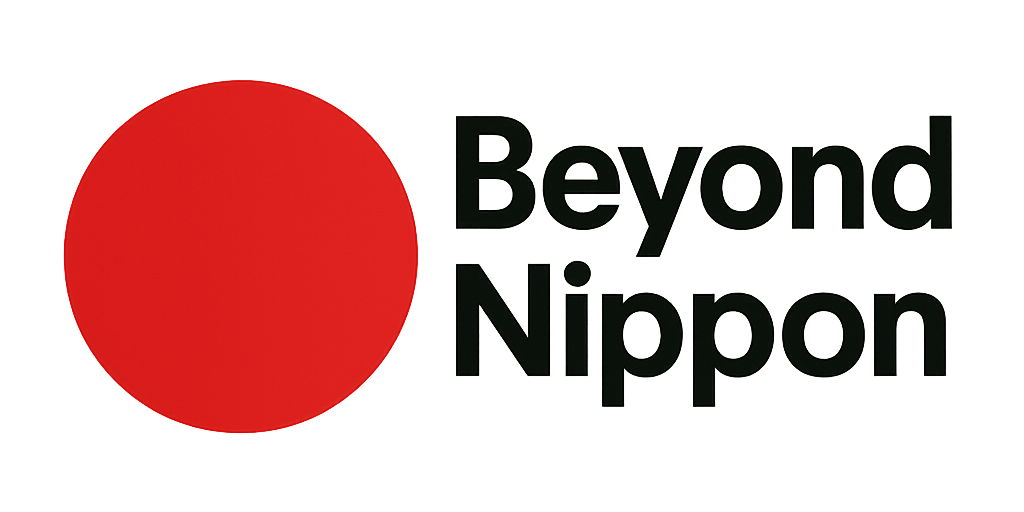When traveling to Japan, reliable internet access isn’t just a convenience—it’s a necessity. From navigating Tokyo’s subway system to translating restaurant menus or finding the best ramen shop nearby, staying connected makes your trip smoother and stress-free. Fortunately, Japan offers several options for visitors, including Pocket Wi-Fi devices, physical SIM cards, and eSIMs.
This Japan Pocket WiFi SIM guide breaks down everything you need to know: the differences between these options, where to rent or buy, price comparisons, and insider tips for choosing the best plan for your trip.
Why Staying Connected Matters in Japan
Japan is a highly connected country, but free public Wi-Fi is still limited compared to many Western countries. While you can find hotspots in airports, train stations, and some cafés, coverage isn’t reliable for travelers who need constant navigation and communication.
Reasons to stay connected in Japan:
- Navigation: Google Maps and HyperDia (or Japan Travel apps) are essential for understanding complex train routes.
- Language: Translation apps like Google Translate help bridge communication gaps.
- Cashless payments: QR codes, Suica Mobile, and digital wallets often require internet.
- Social sharing: Uploading photos, stories, and keeping in touch with family.
That’s why most visitors invest in a Japan Pocket WiFi SIM solution—ensuring seamless coverage throughout their stay.
Pocket Wi-Fi, SIM Cards, and eSIM
Before choosing, it’s important to understand the pros and cons of each connectivity option.
Pocket Wi-Fi
A Pocket Wi-Fi router is a small portable device that connects to Japan’s mobile networks and creates a private Wi-Fi hotspot.
Pros
- Connect multiple devices (great for families or groups).
- Stable speeds, often faster than SIM-only options.
- Easy setup—just turn it on and connect via Wi-Fi.
- Unlimited data plans available.
Cons
- You must carry and recharge an extra device.
- Rental requires pickup and return.
- Battery life usually lasts 6–12 hours.
SIM Cards
A Japan SIM card replaces your own SIM and allows direct mobile connectivity.
Pros
- No extra device needed—just your phone.
- Cheap data-only plans available.
- Long-term travelers may find it simpler than rentals.
Cons
- Your phone must be unlocked and compatible with Japanese networks.
- Data-only SIMs often don’t include voice calls.
- Installation can be confusing for non-tech users.
eSIM
An eSIM is a digital SIM you can install by scanning a QR code, without swapping physical cards.
Pros
- Instant activation (buy online before departure).
- No need to handle or lose a physical SIM.
- Easy top-up and plan changes.
Cons
- Only newer smartphones support eSIM.
- Coverage and speed vary by provider.
- Sometimes more expensive than physical SIMs.
💡 Tip: Families should consider Pocket Wi-Fi for group connectivity, while solo travelers with eSIM-capable phones may prefer the convenience of a digital SIM.
Where to Rent or Buy
Fortunately, Japan Pocket WiFi SIM options are widely available. You can reserve online or purchase upon arrival.
Airports
- Narita, Haneda, Kansai, Chubu: All major international airports have counters for SIM cards and Pocket Wi-Fi rentals.
- Providers include Ninja WiFi, SoftBank, U-Mobile, and Wi-Ho!.
- Pros: Convenient, instant setup.
- Cons: Higher prices if you haven’t pre-booked online.
Online Reservations (Before Arrival)
- Klook, GetYourGuide, or direct rental sites like Ninja WiFi allow advance booking.
- Pickup at airport counters or delivery to hotels/Airbnb.
- Often cheaper than walk-in rentals.
Electronics Stores
- Chains like Bic Camera, Yodobashi Camera, and Don Quijote sell SIM cards.
- Pocket Wi-Fi is usually rental-only, but you can purchase outright devices if staying long-term.
Convenience Stores & Vending Machines
- Some Lawson, FamilyMart, and vending machines sell prepaid SIM cards.
- Handy for emergencies, but selection is limited.
eSIM Providers
- Companies like Airalo, Ubigi, and Nomad let you buy an eSIM online.
- Install the QR code before departure or upon arrival.
- Ideal for last-minute planners.
Price Comparison
Here’s a rough breakdown of costs for Japan Pocket WiFi SIM solutions (as of 2025). Prices vary by provider and season.
Pocket Wi-Fi Rentals
- Short-term (7 days): ¥3,500–¥6,000 ($25–$45), unlimited data.
- 14 days: ¥6,000–¥10,000 ($45–$70).
- Monthly: ¥9,000–¥15,000 ($65–$110).
SIM Cards
- 7 days, 3GB data: ¥2,000–¥3,000 ($15–$22).
- 14 days, 5–10GB data: ¥3,500–¥5,000 ($25–$35).
- 30 days, unlimited (fair use): ¥6,000–¥8,000 ($45–$60).
eSIM
- 5 days, 3–5GB data: $12–$20.
- 15 days, 10GB: $25–$35.
- 30 days, unlimited (with restrictions): $45–$65.
💡 Note: “Unlimited” plans often have fair usage policies. After 2–5 GB daily, speeds may be throttled.
Tips for Choosing the Best Option
When deciding between Japan Pocket WiFi SIM solutions, consider these factors:
1. Number of Travelers
- Solo: SIM or eSIM is easiest.
- Couples/Families: Pocket Wi-Fi saves money since multiple devices connect.
2. Length of Stay
- 1 week or less: Pocket Wi-Fi rentals are cost-effective.
- 2+ weeks: SIM/eSIM plans may be cheaper long-term.
3. Device Compatibility
- Ensure your phone is unlocked.
- Check if it supports eSIM (iPhone XR and newer, most flagship Androids).
4. Data Needs
- Heavy use (video, navigation, social media): Unlimited Pocket Wi-Fi.
- Light use (messaging, maps, emails): SIM/eSIM with 3–5 GB.
5. Convenience
- Pocket Wi-Fi: Extra device to carry and return.
- SIM/eSIM: No return required, but setup can be tricky.
6. Booking Method
- Reserve online in advance to save money.
- Compare platforms like Klook, GetYourGuide, and Viator for deals.
Conclusion
Staying connected in Japan is no longer a challenge, thanks to the wide availability of Pocket Wi-Fi devices, SIM cards, and eSIMs. Each has pros and cons: Pocket Wi-Fi is best for groups and heavy data users, SIM cards are ideal for solo travelers, and eSIMs offer unmatched convenience for tech-savvy users.
By booking online in advance, comparing prices, and choosing the right plan for your trip length and travel style, you’ll ensure smooth and stress-free connectivity.
👉 : Book your Japan Pocket WiFi rental here on Klook
👉 : Buy Japan SIM cards online with GetYourGuide
👉 : Check Japan eSIM plans on Viator
With the right connectivity, you’ll navigate Japan with ease, capture every moment, and stay in touch throughout your journey.

